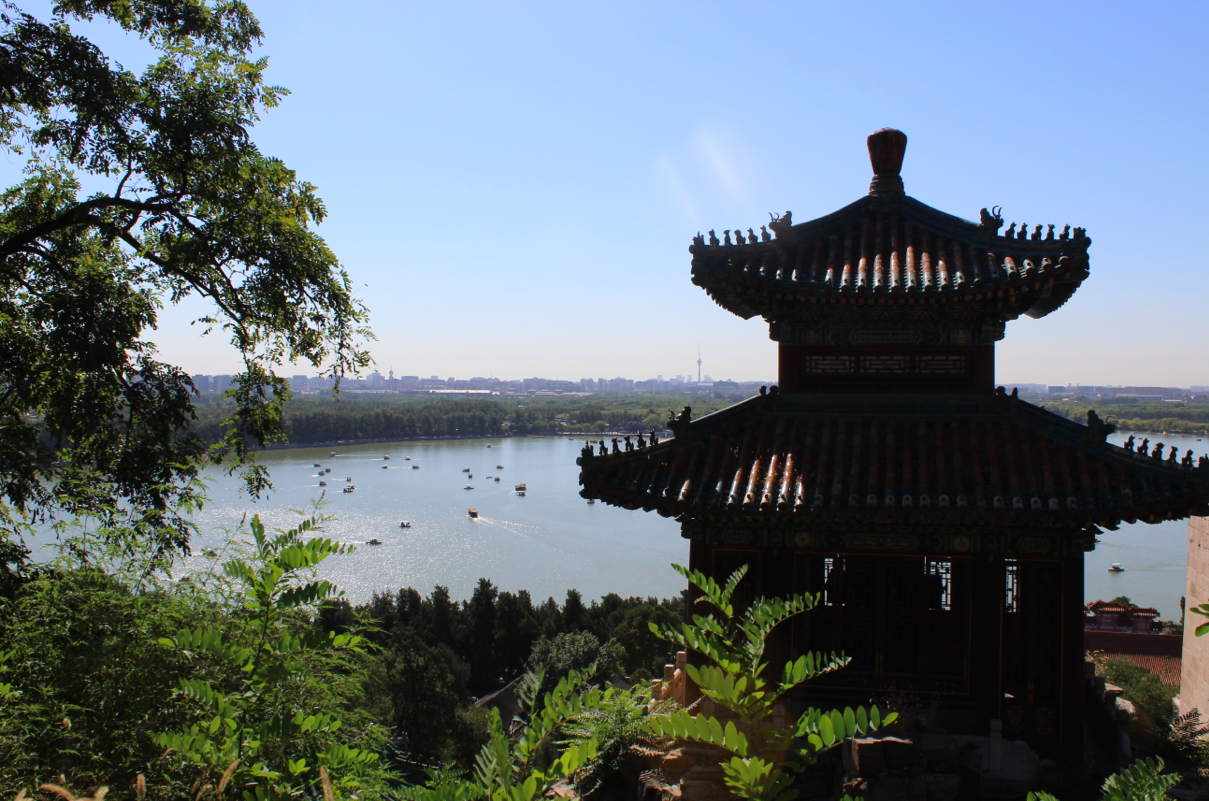Exploring the Traditional City of Jeonju, South Korea

it was raining on and off that day, and the fog just sat so lovely on the mountains.
I have lived in South Korea for the past 2.5 years, something that even now seems like a fictional statement. Being a foreigner in a country that is so homogenous sometimes leaves you with the perpetual feeling of just hopping of the plane. But nonetheless, within these years of living here I have tried to explore various parts of Korea as each part of Korea definitely has its unique charm. With this in mind, and considering international travel is nearly impossible for foreign workers in Korea during this global pandemic, I decided to travel and explore one of Korea’s most traditional cities during my summer vacation. The city of Jeonju is definitely an experience, and there are many factors that make this city a gem.
Many uphold Jeonju as the cultural capital of South Korea. Located in central South Korea, Jeonju is home to the largest Hanok Village in the entirety of the country. There are nearly 735 traditional Korean Hanok Houses and my friends and I were able to lodge in one of them! Our stay was all but modern. We all slept in one room and slept on the floor. Although we had to get cushions for the second night stay, we definitely enjoyed the traditional experience. The first day we arrived we were able to explore a bit of the Jaman Mural Village. Even though Korea’s monsoon season was in full effect, we were able to explore a bit and see the many colorful murals. There are quirky coffee shops littered throughout the area and we happened upon one that had it’s own life sized version of ET! In the mural village, there are also a number of outdoor terraces where you can get the perfect views of Jeonju. Also on the first day, we rented a tuk tuk to take to the streets. It costs around 30,000 won for three hours and we made sure to fully use the time given. We were able to move through the streets like a proper vehicle, even fashioning our own horns and blinker signals. During our journey, we were able to stop at a design café that specialized in giving you coffee as well as providing you with the tools and items needed to create your own jewelry! After we headed out to grab some chicken and pizza for our dinner.
Life-sized ET at a quirky cafe in Jeonju, South Korea
The next day, we went to visit the Jeondong Catholic Church. This was something I wanted to see and unfortunately, it was under slight construction. But, we were able to take a peak inside. Later, we road rail bikes, which is a famous tourist attraction in Jeonju. The price is around 30,000 won as well and the bike carts fit up to 4 passengers. Everyone has to pedal and the railway goes on for about a half a mile, then it turns around and the cart is automatically pulled back to the starting point. Although we had a bit of a malfunction on our ride (we accidentally broke the wheel on our cart) we had a great time and the employees made sure we were okay and even treated us with free iced tea and coffee. Later we received foot massages and stuffed our faces with the famous Jeonju Chocopies at PnB Bakery. There, pies come in a variety of flavors including green tea and cheese. The pies also come in low sugar options, which I opted for. I am here to tell you that the low sugar options are just as decadent and you won’t be lacking in flavor. Another food icon of Jeonju is the bimbimbap waffle. The Duimo Café is home to the famous bimbimbap waffle, which comes in vegetarian options. I wasn’t quite sure what to expect, but it was delicious and an interesting twist on the Korean staple. The dough seems to be made from rice and spicy Korean sauce and inside is lettuce and other veggies. If you go to Jeonju, eating a bimbimbap waffle should definitely be on your to-do list.
The Bimbimbap waffle
Our stat while in Jeonju!
Although we only stayed in Jeonju for two days, I believe you can explore and take in the charm of the city in at least two or three days. Coming from the city of Daegu, it was cool to explore a Korean city where people rarely spoke English and maintained the traditional values of Korea. For a country with such a rich history, there is so much to learn and explore everyday.












